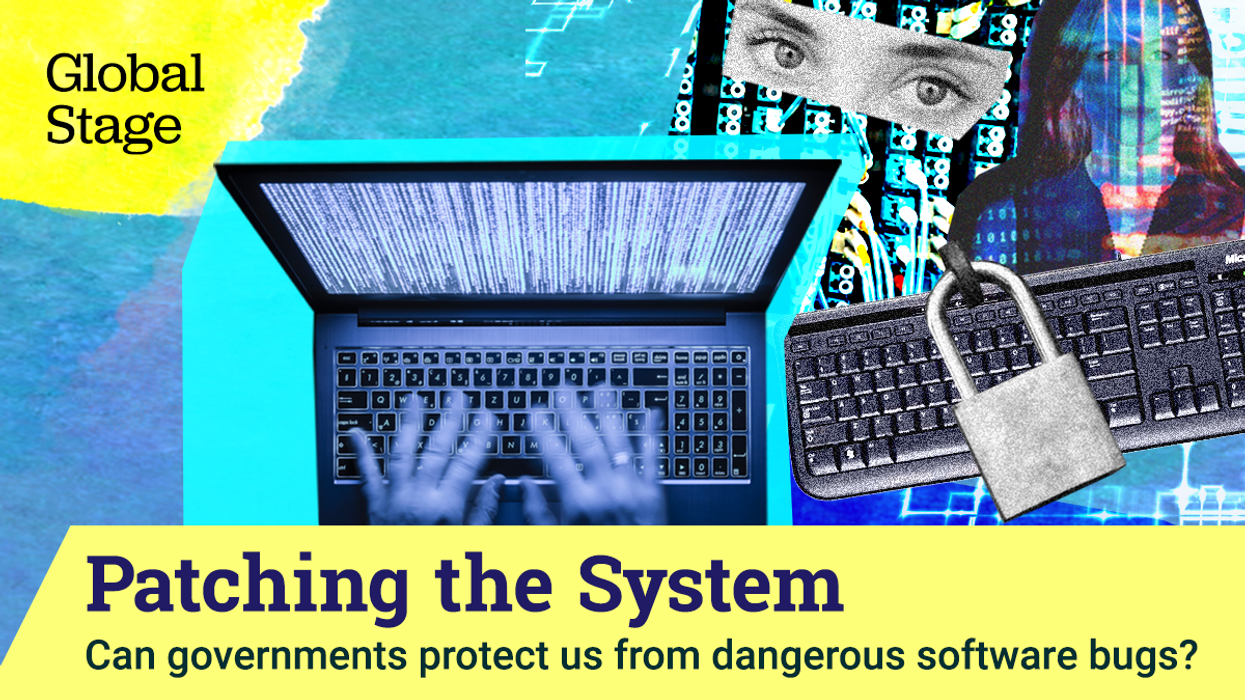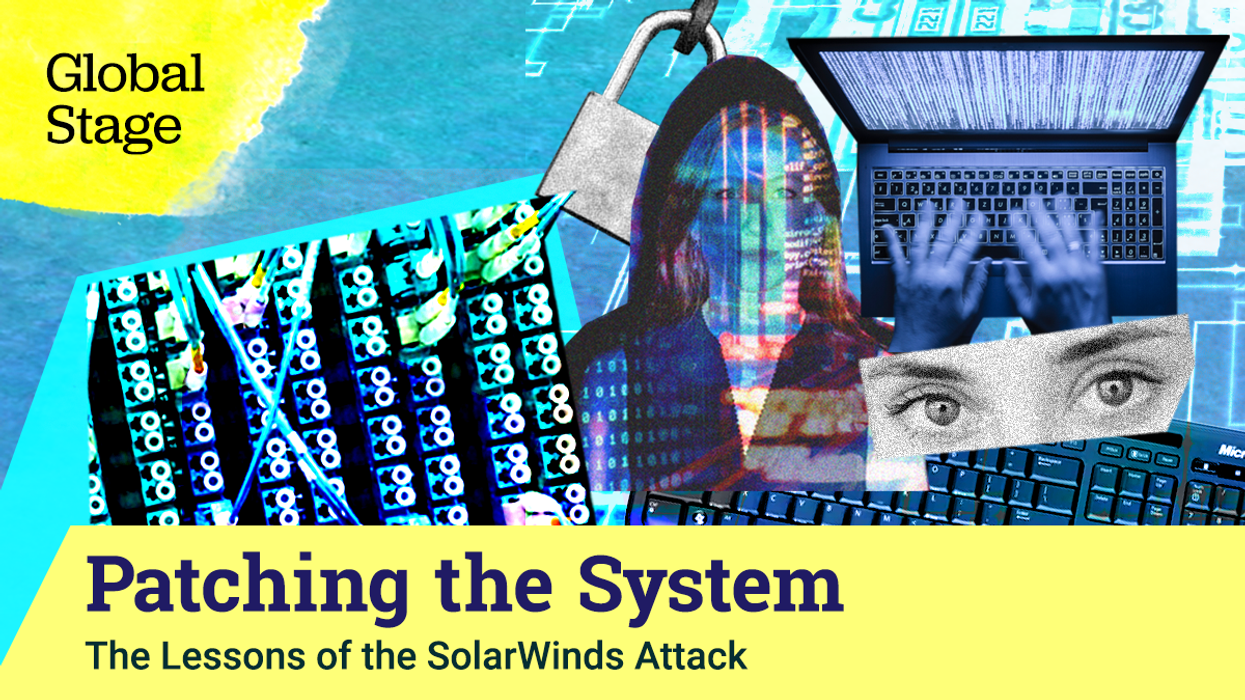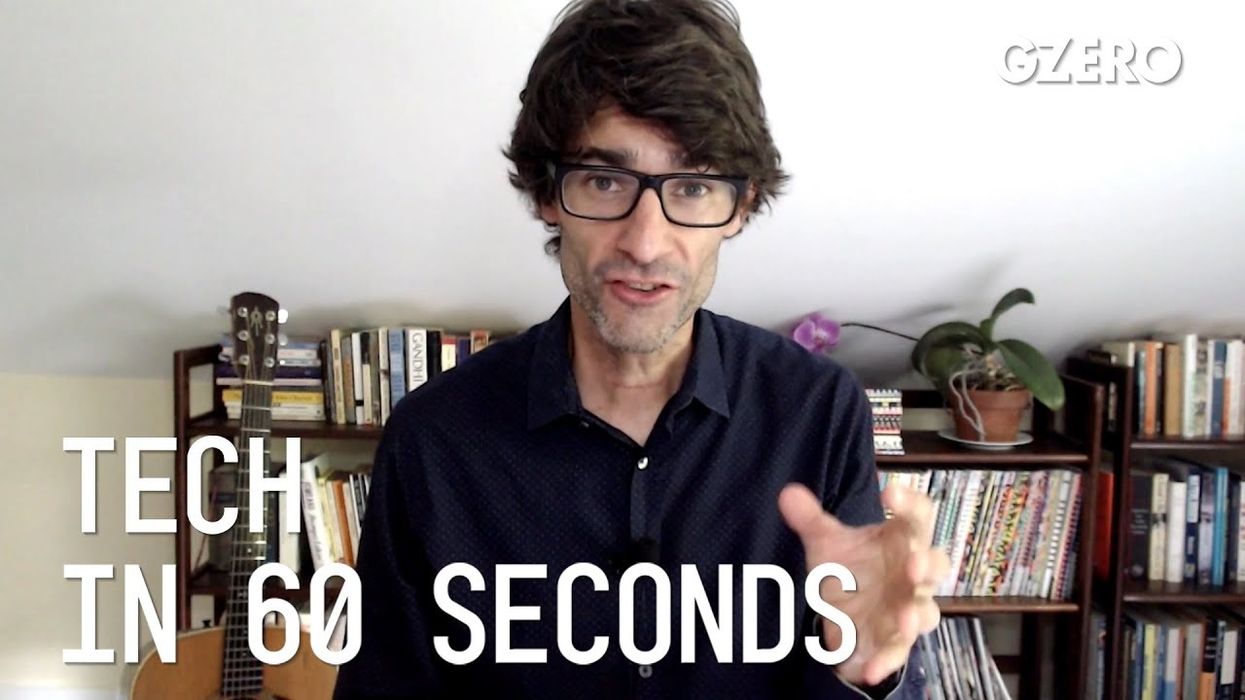Patching the System
Podcast: Can governments protect us from dangerous software bugs?
We've probably all felt the slight annoyance at prompts we receive to update our devices. But these updates deliver vital patches to our software, protecting us from bad actors. Governments around the world are increasingly interested in monitoring when dangerous bugs are discovered as a means to protect citizens. But would such regulation have the intended effect?
Nov 21, 2023




